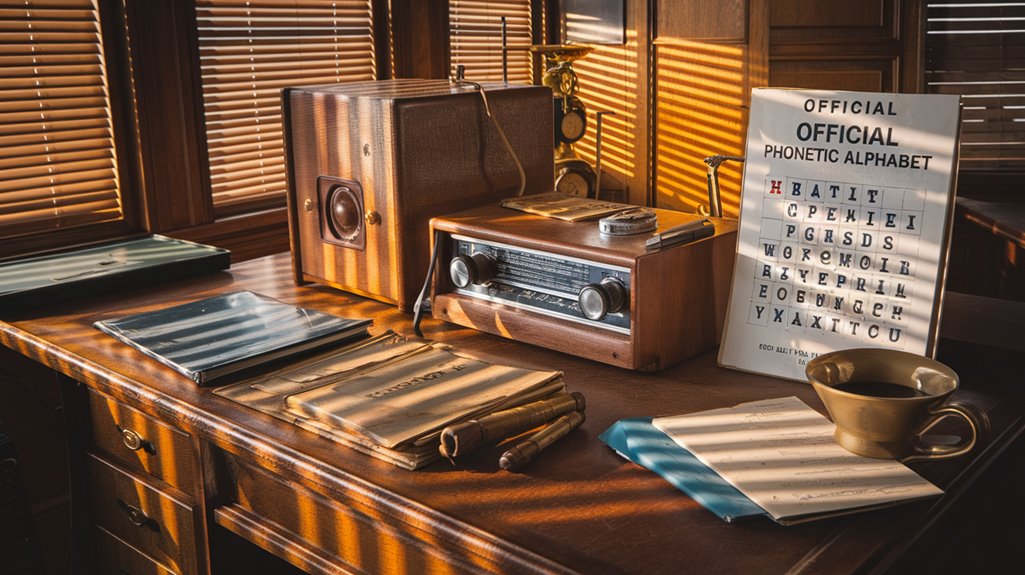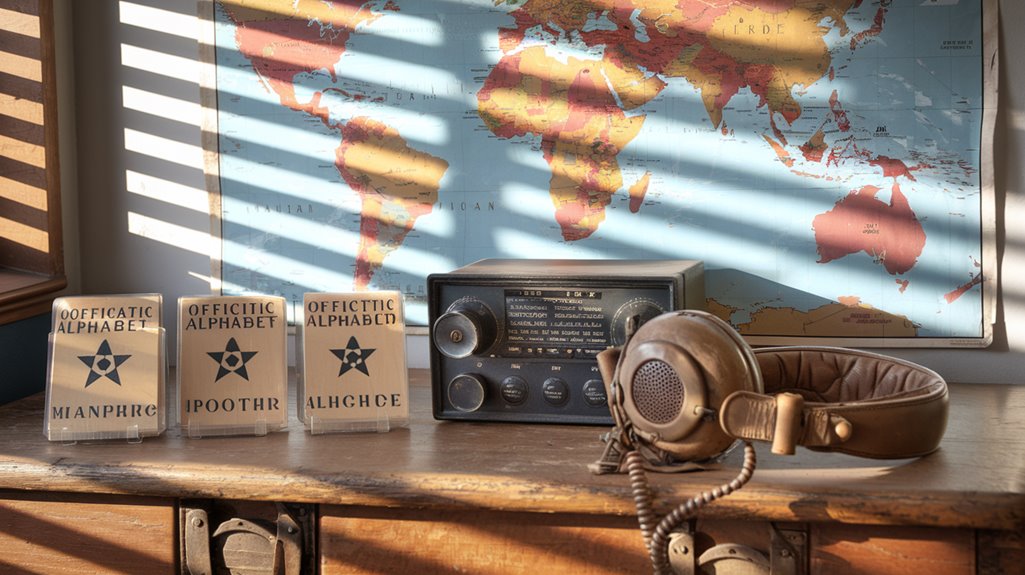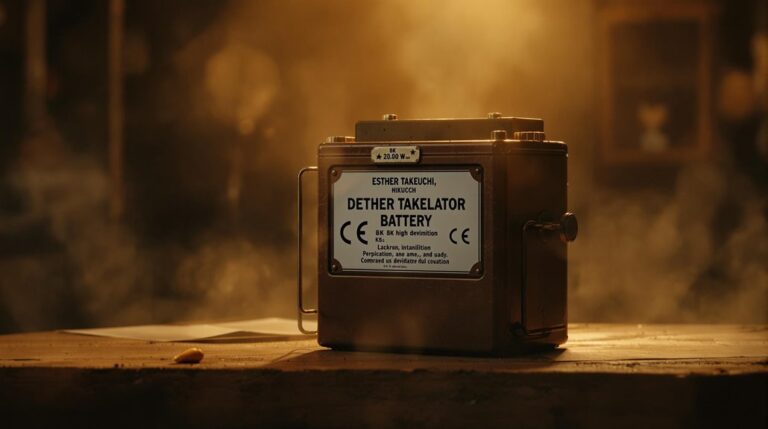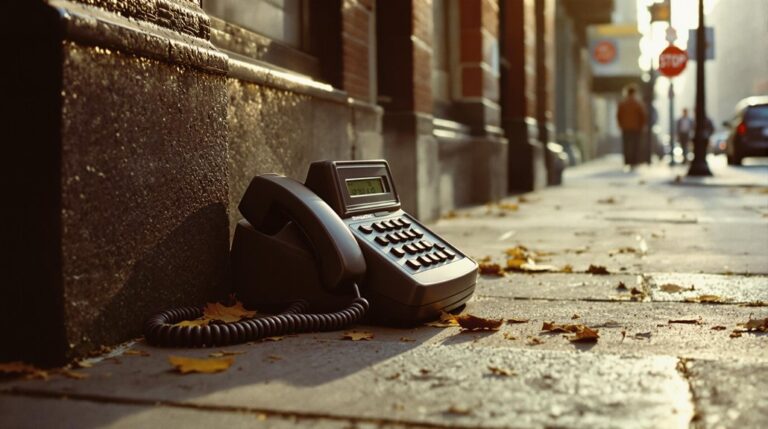Whiskey Tango Foxtrot? Decoding the NATO Alphabet
Just like the ancient Phoenicians who gave us our ABCs, you've probably heard mysterious phrases like "Alpha Bravo Charlie" floating through movies or airport terminals. You're not alone if you've wondered about these seemingly random words that pilots and military personnel use with such precision. What starts as a simple code reveals itself as an elegant solution to a universal problem: how to make yourself understood when lives depend on clear communication. There's more to this system than meets the ear.
The Birth of Clear Communication: From WWI to NATO
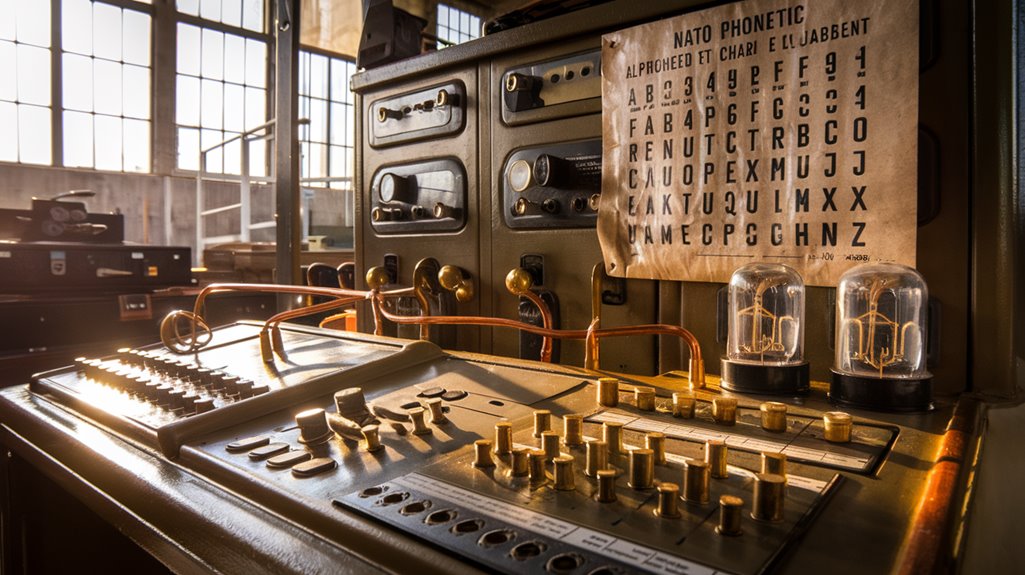
While World War I introduced groundbreaking military technologies, it also exposed significant communication challenges that would shape the future of military operations.
You'd find soldiers relying on fragile field telephones, temporary cables, and even carrier pigeons to transmit essential messages across battlefields. These communication hurdles sparked a wave of military innovation that would transform how forces exchanged information. Burying phone lines under the ground required extensive manual labor, making rapid deployment difficult.
The war's lessons led to the development of early phonetic alphabets by both US and UK forces, marking the beginning of a significant communication evolution. Weak signal quality on long-distance wire communications made clear verbal encoding essential for military operations.
When World War II arrived, these powers coordinated their efforts, creating the 1943 CCB alphabet. This systematic approach laid the foundation for what would become the ICAO standard in 1947, ultimately paving the way for NATO's universally adopted phonetic alphabet in 1956.
Breaking Down the Alpha to Zulu Code
The NATO phonetic alphabet transforms everyday letters into distinct code words, creating a universal language for clear communication. When you need to spell something out clearly, you'll use code words examples like "Alpha" for A, "Bravo" for B, and "Charlie" for C.
NATO phonetics guarantee communication efficiency across different languages and accents. Although commonly called a phonetic alphabet, it is actually a spelling alphabet designed for clear oral communication. The system was formally established in 1956 by NATO to standardize global communications.
To master alphabet usage, you'll want to focus on pronunciation clarity. Each code word has a standardized pronunciation – "AL-FAH" for Alpha, "BRAH-VOH" for Bravo, and so on.
You can spell out anything from names to postcodes: "Chris" becomes "Charlie Hotel Romeo India Sierra." This system prevents confusion in critical situations, especially when communicating over radio or telephone where sound quality might be compromised.
Why the NATO Alphabet Still Matters Today
Despite rapid technological advances in communication, NATO's phonetic alphabet remains indispensable across military, aviation, and civilian sectors today.
You'll find its phonetic precision essential in preventing miscommunication, especially during high-pressure situations where clarity can mean the difference between success and failure.
Here's why it's still important:
- It helps you overcome communication challenges in diverse environments, from noisy airports to emergency response scenarios.
- You'll experience fewer errors when spelling names or sharing critical information over the phone.
- You're able to communicate effectively across language barriers, making it invaluable for international operations.
Early police departments faced signal clarity issues that made standardized communication necessary for effective operations.
Developed through rigorous comprehension tests across 31 nationalities, this system ensures maximum understanding in critical communications.
Whether you're a pilot, customer service representative, or emergency responder, this time-tested system continues to guarantee clear, accurate communication when it matters most.
Common Uses Beyond Military Operations
Numerous civilian industries have adopted NATO's phonetic alphabet well beyond its military origins, transforming it into an indispensable communication tool across diverse sectors.
You'll find customer service representatives using it to confirm sensitive information like credit card numbers, while emergency services rely on it for precise communication during critical situations.
In telecommunications applications, the alphabet helps prevent confusion when transmitting important data over phone lines or radio channels.
The alphabet's effectiveness in reducing errors has made it invaluable for logistics operations, where accuracy in product identification and shipping details is essential.
Aviation professionals worldwide consider this system fundamental to maintaining safety in air traffic communications.
Whether you're working in IT support, engineering, or retail, you'll discover that this standardized system helps overcome language barriers and environmental challenges, ensuring your message gets through clearly every time. Originally developed to address communication challenges in World War I military operations, this system has evolved to serve countless civilian applications today.
Master the NATO Alphabet: Tips and Techniques
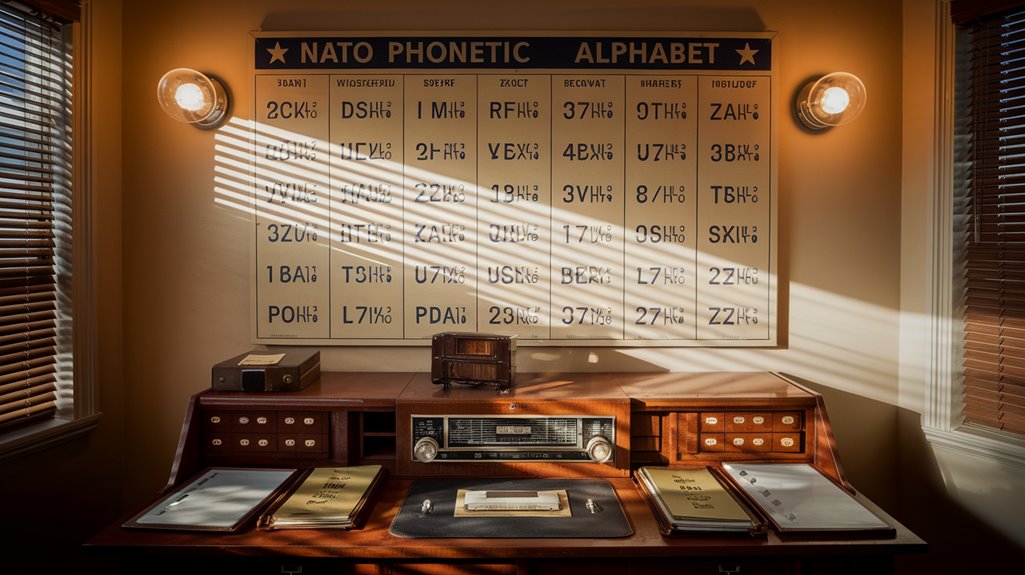
Learning NATO's phonetic alphabet might seem intimidating at first, but mastering it becomes straightforward with the right techniques and consistent practice.
You'll discover that through proven memorization techniques and regular drills, you can quickly grasp this essential communication tool. Standard radio communication remains crucial for clarity in transmissions across various contexts.
The initial learning step involves reviewing the complete alphabet to identify which words you already know.
To accelerate your learning and retention, try these effective methods:
- Create flashcards with letters on one side and corresponding codewords on the other, practicing them during short breaks throughout your day.
- Transform words you frequently use into their NATO equivalents, reinforcing practical applications in your daily routine.
- Use visualization by connecting each codeword to a memorable image that relates to its letter (like picturing a fox for "Foxtrot").
Remember to focus on proper pronunciation while practicing, as clear articulation guarantees effective communication in real-world situations.
Global Impact and Cultural Legacy
The NATO phonetic alphabet's influence extends far beyond its military origins, shaping global communication across diverse sectors and cultures. You'll find its universal recognition in emergency services, aviation, maritime operations, and even customer service interactions worldwide. The system rose to prominence when ITU officially adopted it, cementing its status as the global standard for communication. The alphabet was designed through extensive scientific testing to determine the most effective words for clear communication.
What makes this system particularly remarkable is its cultural significance in bridging language barriers and ensuring precise communication. Whether you're a pilot traversing international airspace or an amateur radio operator connecting across continents, you're participating in a standardized system that transcends national boundaries.
While some may view its use as overly formal in casual settings, its effectiveness in critical situations is undeniable. From its humble beginnings in World War I to today's global standard, the NATO alphabet continues to unite communicators across industries and cultures.

